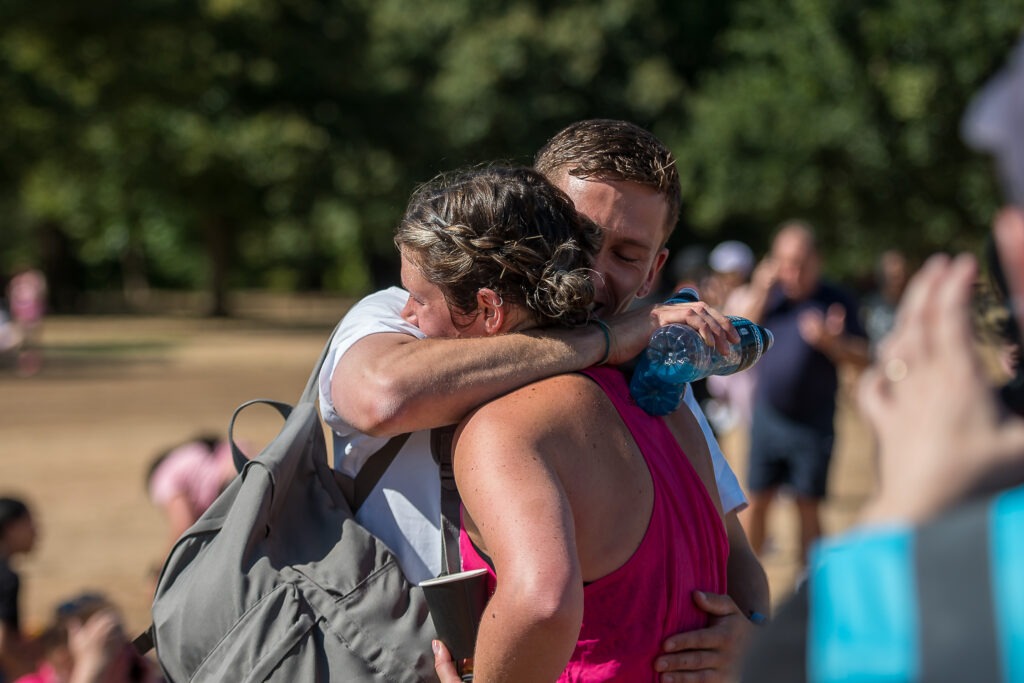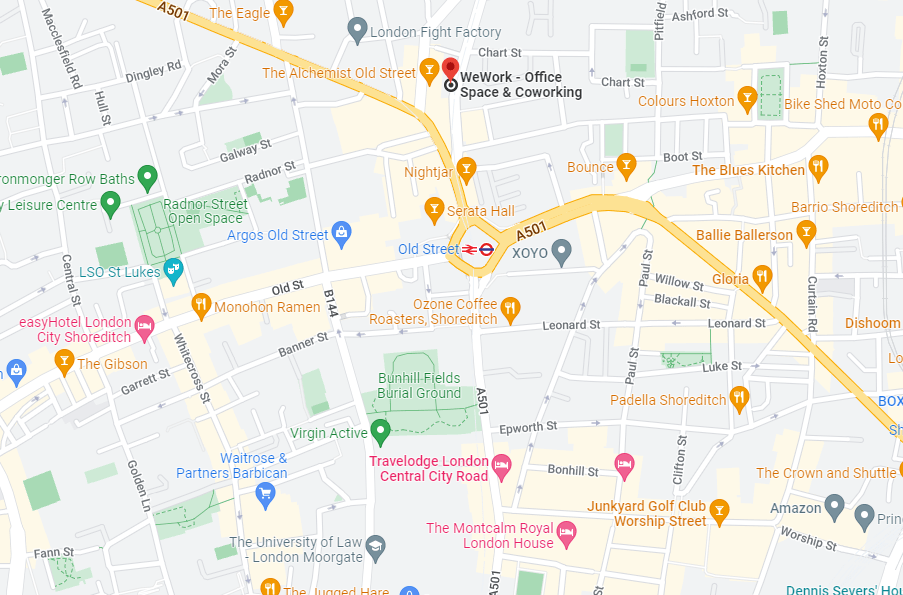Gareth Mulcahy, Head of Product (Events, Sports & Giving Platforms) at Cancer Research UK
Cancer Research UK’s Race for Life is an iconic event in the mass participation sector. It has held the number one spot in our Top 25 report for nine years out of ten years. This simple, effective, brand-aligned proposition has stood the test of time and has raised over £361M in the last ten years.
We chat with Gareth Mulcahy, Head of Product Events, Sports and Giving Platforms at Cancer Research UK and uncover the key to Race for Life’s success and longevity.
“We always look at how events help us communicate our brand and vision, to strengthen our relationship with supporters.”
“People make very quick decisions about whether your event is something they’re interested in. You need to focus on the right audience and have the right positioning in that market.”
Race for Life has been number one in our Top 25 almost every time over the last ten years. What would you say has been the key to its success?
Collaboration across the organisation. It’s about agreeing what’s important and why. This ensures everything we do is aimed at delivering what we agreed rather than being fractured by other team’s priorities.
Cancer Research UK also understands what the mass events portfolio does for the organisation. We see the value events provide in terms of brand engagement, acquiring new supporters and driving long term value from supporters much more clearly now.
We’ve also really embraced multi-year planning and understand that what we’re doing now is part of a continuum of what we’ve done previously and what we’re trying to do in the future. This allows us to have conversations about where we’re trying to get to, what we’re trying to achieve, and how what we’re doing now is helping us.
And what has been biggest challenges for Race for Life over this time?
The challenges we face now aren’t new, they just evolve and show up in different ways. There’s lots of competition. Live events are a really popular way to interact with the public. This makes it difficult to get noticed. People make very quick decisions about whether your event is something they’re interested in. Marketing messages have got to have an even greater meaning and you need to focus on the right audience and have the right positioning in that market.
After nearly a decade at the top, what will it take for Race for Life to still be number one in ten years’ time?
Without giving away too much of our strategy, we’ll be continuing to invest in the on-the-day experience. We always take a long-term view on how the experience impacts enjoyment for participants. And we also look at how it helps us communicate our brand and vision, to strengthen our relationship with supporters.
The series has lots of baseline costs, so we spend a lot of time understanding where and how we invest to get long-term results. It comes back to understanding what market we want to be in, and the position we want in that market.
We’ve come through COVID but are now in the middle of a cost-of-living crisis. What do you see as the biggest challenges for mass participation events over the next two to three years?
Getting the investment equation right – remaining profitable while investing to help the long-term viability of your portfolio. You’ll need to place your bets somewhere.
And in a world where there is so much growth in social challenge activities and Facebook fundraisers, it’ll be important to make sure in-person events and experiences still feel relevant. It’s about being aware of changes and being agile enough to adapt. The world can change quickly.
If you could offer three pieces of advice to someone trying to build a successful mass participation fundraising event, what would they be?
- Start with your audience and understand what they need.
- Design an event to meet the needs of that audience in an innovative way, even if it’s repackaging an existing model. There are not many new ideas out there so 99% of success is getting the proposition and marketing right.
- Focus on what expertise and technology you’re going to buy in, and what you’re going handle yourself to be able to deliver a great event with a strong USP. Getting that right from the outset allows you to deliver to your full potential rather than focussing on things you are not good at.
This interview is from our recent publication ‘Ten Years of the Top 25’ where we share our learnings from a decade of mass participation data and insight. If you haven’t already got your copy, check it out now.





